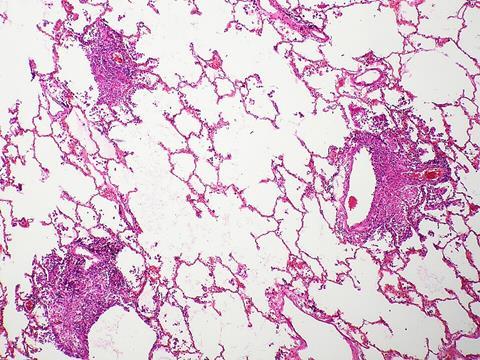According to the World Health Organization, tuberculosis accounts for one in three deaths among people living with HIV. In fact, even when receiving effective antiretroviral treatment, HIV-positive individuals are 15 to 30 times more likely to contract tuberculosis than HIV-uninfected people.

In a study to be published in PLOS Pathogens , the CNRS-led research team* highlights the key role played by Tat – a viral protein secreted by HIV-infected cells – in this hyper-vulnerability phenomenon.
Studies conducted on human cells and zebrafish larvae revealed that this protein blocks the cell defense mechanism known as autophagy, thereby promoting the survival and multiplication of the bacterium responsible for tuberculosis –Mycobacterium tuberculosis – in target cells.
These findings shed new light on the synergy between HIV and tuberculosis and pave the way for the development of innovative therapeutic strategies. Although the Tat protein remains difficult to target at present, treatments aimed at restoring the autophagy mechanism could be developed to better protect patients.
*From the Montpellier Institute for Infectious Disease Research (CNRS/University of Montpellier), Laboratory of Pathogens and Host Immunity (CNRS/Inserm/University of Montpellier), the Institute of Pharmacology and Structural Biology (CNRS/University of Toulouse) and the Interdisciplinary Institute of Neuroscience (CNRS/University of Bordeaux).







No comments yet